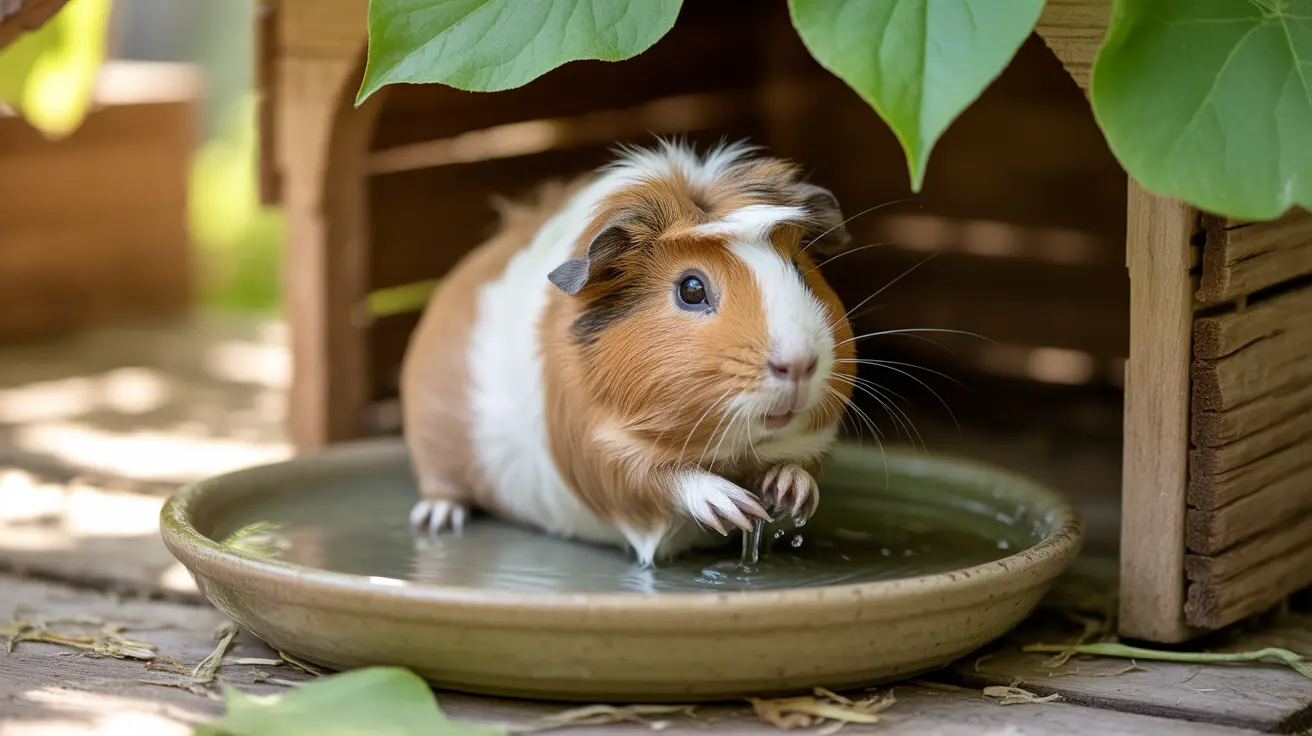How to Choose the Right Dog Harness
Choosing the correct dog harness is essential for ensuring your pet's comfort, safety, and control during walks or training sessions. With many styles and options available, selecting the proper harness can be confusing. Below, we provide a detailed guide to help dog owners make an informed decision.
Why Choose a Dog Harness?
A dog harness provides more control than a collar and snugs around a dog's chest and shoulders rather than the neck. This is especially helpful for dogs that:
- Pull during walks
- Have respiratory issues (like pugs or bulldogs)
- Have neck injuries or susceptibility to tracheal collapse
- Require better control for training or behavior management
Types of Dog Harnesses
- Back-clip Harness: Features a D-ring on the back. Best for small dogs or dogs that don’t pull.
- Front-clip Harness: The leash attaches to the front chest area and is useful for training and managing pulling behavior.
- Dual-clip Harness: Offers both front and back attachment points for versatility and better control.
- No-pull Harness: Designed to discourage pulling, often with a front attachment or tightening mechanism.
- Step-in Harness: Requires the dog to step into it; generally easier for dogs that resist having harnesses put over their heads.
How to Measure Your Dog for a Harness
To ensure a snug and comfortable fit, take these measurements:
- Chest girth: Measure the widest part of your dog’s ribcage.
- Neck girth: Measure around the base of the neck, where the collar normally sits.
- Weight: Some harnesses use weight as an extra sizing reference.
Always consult the manufacturer’s sizing chart, as sizing may vary between brands.
Materials to Consider
- Nylon: Durable, affordable, and available in many colors.
- Mesh: Lightweight and breathable — ideal for warmer climates or small dogs.
- Leather: Strong and stylish but heavier and requires maintenance.
- Padded Fabric: Offers added comfort and reduces chafing.
Features to Look For
- Adjustability: Multiple adjustment points ensure a better fit.
- Reflective Strips: Enhance visibility during night walks.
- Handle: Helpful for added control or lifting your pet.
- Quick-release Buckles: Make it easier to put on and remove the harness.
Matching Harness Type to Your Dog’s Needs
- Active/big dogs that pull: Use a no-pull or front-clip harness with sturdy construction.
- Puppies: Opt for a lightweight, padded, and adjustable harness for growing bodies.
- Senior dogs: Choose harnesses with handles and extra padding for support and comfort.
- Small breeds: A lightweight mesh or step-in harness can reduce strain and provide comfort.
Common Mistakes to Avoid
- Choosing by color alone: While style matters, fit and function come first.
- Getting the wrong size: Always measure and follow sizing guides strictly.
- Ignoring behavior: Match the harness to your dog’s walking or pulling habits.
- Overlooking adjustability: A poorly fitting harness can cause discomfort or escape.
Conclusion
Choosing the right dog harness involves understanding your dog’s specific needs and behavior. A proper harness not only enhances control but also protects your dog’s health and increases comfort during walks. Consider factors like size, harness type, material, and features when making your choice.





